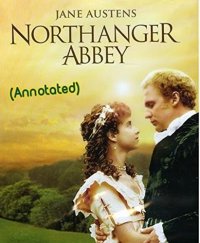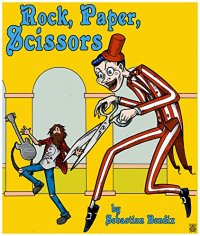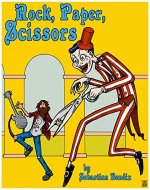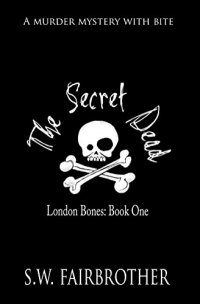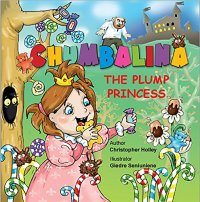Northanger Abbey was the first of Jane Austen’s novels to be completed for publication, in 1803, but it wasn’t until after her death in 1817 that it was published, along with her other novel Persuasion. .
The novel is a satire of the Gothic novels popular at the time of its first writing in 1798-99.
This “coming of age,” story revolves around the main character, Catherine, a young and naïve “heroine,” who entertains us on her journey of self-knowledge as she gains a better understanding of the world and those around her. Because of her experiences, reality sets in and she discovers that she is not like other women who crave for wealth or social acceptance, but instead she is a true heroine in that she is an ordinary young woman who wishes to have nothing but happiness and a genuine sense of morality.
Austen first titled it Susan, when she sold it in 1803 for £10 to a London bookseller, Crosby & Co., who decided against publishing. In the spring of 1816, the bookseller sold it back to the novelist’s brother, Henry Austen, for the same sum, as the bookseller did not know that the writer was by then the author of four popular novels. She further revised the novel in 1816-1817, with the intention of having it published. The lead character’s name was changed from Susan to Catherine, and Austen changed the working title to Catherine.
Austen died in July 1817. Her brother Henry renamed the novel and arranged for publication of Northanger Abbey in late December 1817 (1818 given on the title page), as the first two volumes of a four-volume set, the other two volumes being the more recently completed Austen novel, Persuasion, with a preface for the first time publicly identifying Jane Austen as the author of all her novels. Neither novel was published under the working title Jane Austen used. Aside from first being published together, the two novels are not linked, and later editions were published as separate novels.
This Novel contains more literary allusions that her parents and siblings would have enjoyed, as a family entertainment–a piece of lighthearted parody to be read aloud by the fireside. The novel names many of the Gothic novels of that time and includes direct commentary by Austen on the value of novels, which were not valued as much as nonfiction or historical fiction. As almost all her letters were burned after her death, later scholars appreciate this insight into Austen’s views.
This novel is one of the most romantic novel of 80s.
